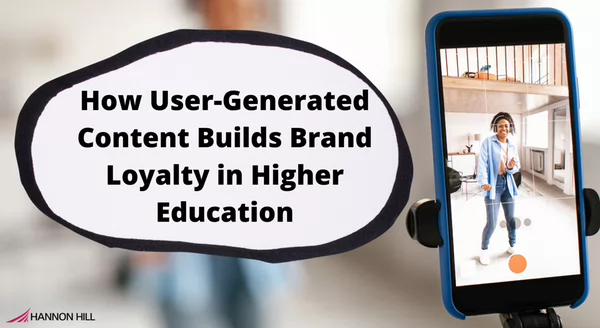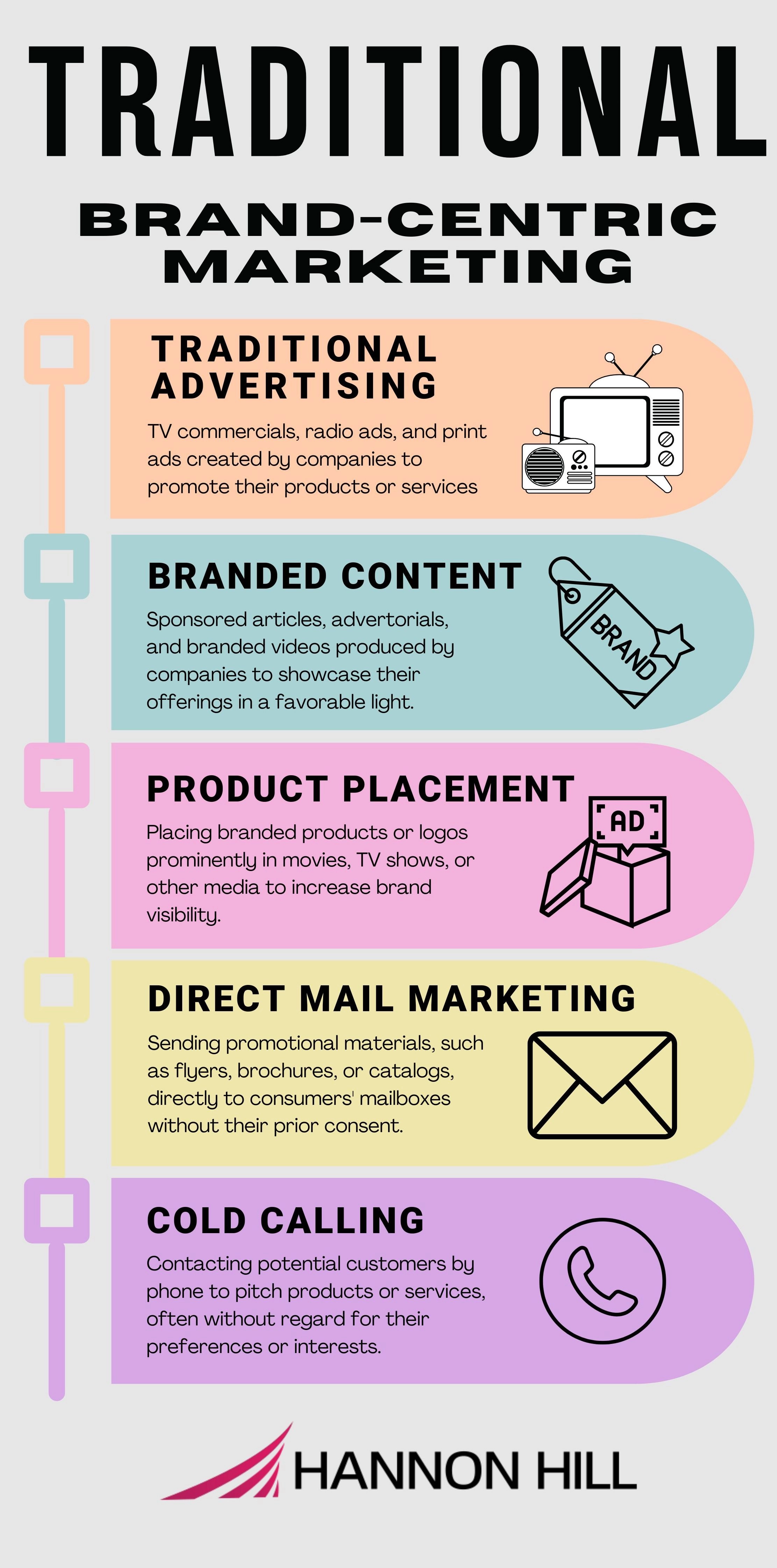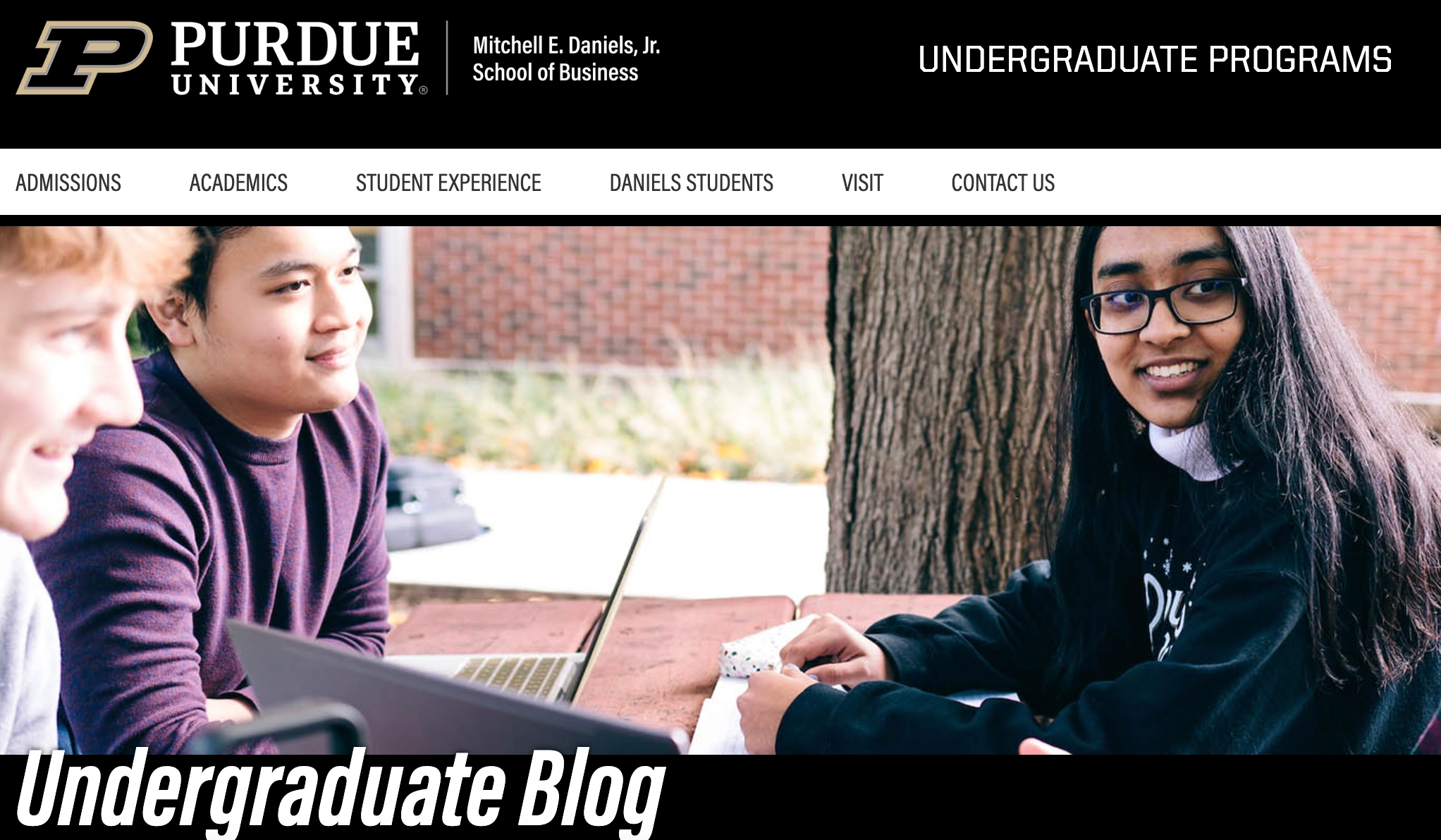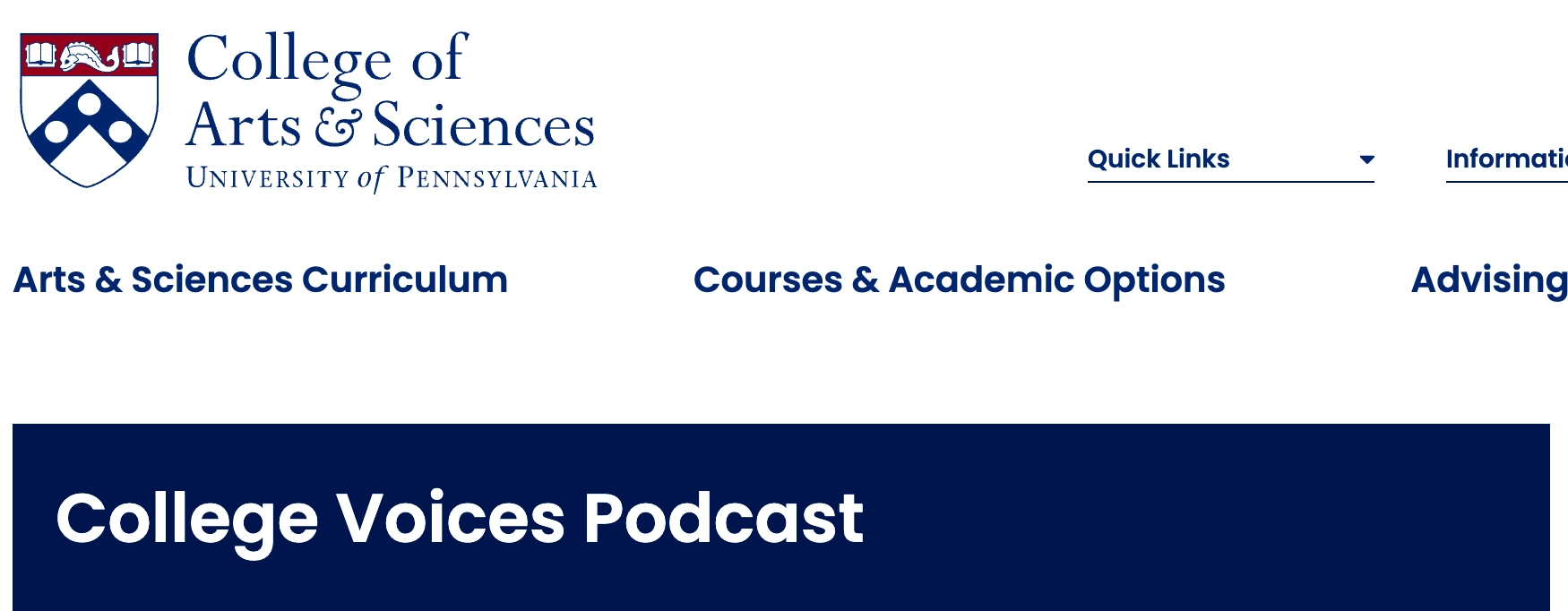
User-generated content (UGC) has emerged as a powerful tool for higher education marketers seeking to build brand loyalty.
With the proliferation of social media platforms, online review sites, and forums, students, alumni, and staff have unprecedented opportunities to share their experiences with the world.
This shift marks a departure from traditional brand-centric marketing approaches, placing the spotlight squarely on the voices and stories of users themselves.
User-generated content refers to any form of content — including text, images, videos, and reviews that are created by individuals rather than brands or organizations. It encompasses a wide range of mediums, from social media posts and blog articles to product reviews and testimonials.
What sets UGC apart is its authenticity and organic nature, as it reflects the genuine experiences, opinions, and perspectives of users.

In the past, marketing efforts were largely brand-centric, with companies controlling the narrative and dictating the messaging.
Traditional brand-centric marketing includes:
Traditional Advertising: TV commercials, radio ads, and print ads created by companies to promote their products or services.
Branded Content: Sponsored articles, advertorials, and branded videos produced by companies to showcase their offerings in a favorable light.
Product Placement: Placing branded products or logos prominently in movies, TV shows, or other media to increase brand visibility.
Direct Mail Marketing: Sending promotional materials, such as flyers, brochures, or catalogs, directly to consumers' mailboxes without their prior consent.
Cold Calling: Contacting potential customers by phone to pitch products or services, often without regard for their preferences or interests.
However, as consumers have grown increasingly distrustful of traditional advertising and marketing tactics, there has been a paradigm shift towards a more user-centric approach.
Today, consumers crave authenticity, transparency, and peer validation, making UGC a valuable asset for brands looking to connect with their audience on a deeper level.
Authenticity lies at the heart of user-generated content and serves as its primary currency.
Unlike polished marketing materials crafted by brands, UGC is raw, unfiltered, and genuine.
Users trust other users because they see themselves reflected in their experiences.
Whether it's a heartfelt testimonial from a satisfied student or a candid Instagram post capturing campus life, authentic UGC resonates with audiences on a visceral level, forging meaningful connections and fostering brand loyalty.
Authentic UGC has a profound impact on brand perception, shaping how audiences perceive and interact with institutions. The more personal, the better.
When prospective students encounter authentic testimonials from current students or alumni sharing their success stories, they are more likely to view the institution in a positive light and envision themselves as part of its community.
By humanizing the brand and showcasing real-life experiences, UGC bridges the gap between perception and reality, making the institution more relatable and accessible to its audience.
One of the most powerful forms of UGC in higher education is student stories. These narratives can offer invaluable insights into the student experience.
Some examples to build into your content calendar may include:
Student Blogs: Encourage students to maintain personal blogs where they share their experiences, challenges, and triumphs throughout their academic journey. These blogs can cover topics such as coursework, extracurricular activities, internships, and study abroad experiences. Give Purdue University's Undergraduate Blog a read.

Video Testimonials: Produce video testimonials featuring students discussing their experiences at the institution. These videos can be shared on the institution's website, social media channels, and during campus tours or admissions events. Watch this powerful student testimonial by Erin Wagner from Southeastern Community College in Iowa.
Alumni Success Stories: Highlight success stories of alumni who have achieved notable accomplishments in their careers or made significant contributions to their communities. These stories can inspire current students and demonstrate the real-world impact of the institution's education and resources. Explore the example of our marketer, Chris Rapozo, from his time at the University of Florida Online.
Social Media Takeovers: Allow students to take over the institution's social media accounts for a day or week to share their day-to-day experiences, behind-the-scenes insights, and favorite aspects of campus life. This provides an authentic and engaging glimpse into student life. Check out this insightful student takeover from Middlesex University.
View this post on Instagram
Student Podcasts: Create a podcast series featuring interviews with students discussing topics relevant to campus life, academic pursuits, career aspirations, and personal growth. These podcasts can be hosted by students themselves or by faculty/staff members. Give the College Voices Podcast of the University of Pennsylvania's College of Arts & Science a listen.

By amplifying student voices and sharing their stories, institutions can create a sense of authenticity and belonging that resonates with both current and prospective students.
One of the key advantages of UGC is its viral potential. When users share content that resonates with them, it has the power to reach far beyond its original audience, amplifying the brand's message and increasing its visibility exponentially.
Whether it's an Instagram post that goes viral or a user-generated video that gets millions of views, UGC can spark conversations, generate buzz, and attract attention in ways that traditional marketing tactics cannot.
UGC serves as a powerful form of social proof, validating brand claims and enhancing credibility in the eyes of consumers. When prospective students see real people sharing their positive experiences with an institution, it reinforces the institution's reputation and instills confidence in its offerings.
UGC acts as a counterbalance to traditional marketing messages, providing a more authentic and unbiased perspective that resonates with audiences on a deeper level.
Cultivating a UGC culture requires a strategic approach and a commitment to authenticity and transparency.
Here are some key strategies for higher ed marketers looking to harness the power of UGC:
User-generated content has become an indispensable tool for higher education marketers seeking to build brand loyalty and engagement in an increasingly digital and interconnected world.
By embracing the power of authenticity, community, and engagement, institutions can leverage UGC to forge deeper connections with their audience, enhance brand credibility, and inspire advocacy and loyalty that stands the test of time.
As we look ahead to the future of marketing in higher education, one thing is clear:
UGC is not just a trend; it's a strategic imperative for institutions committed to thriving in the digital age.
For more content marketing tip, visit some of our other blog post by clicking the button below.
Last Updated: May 30, 2024 11:00 AM